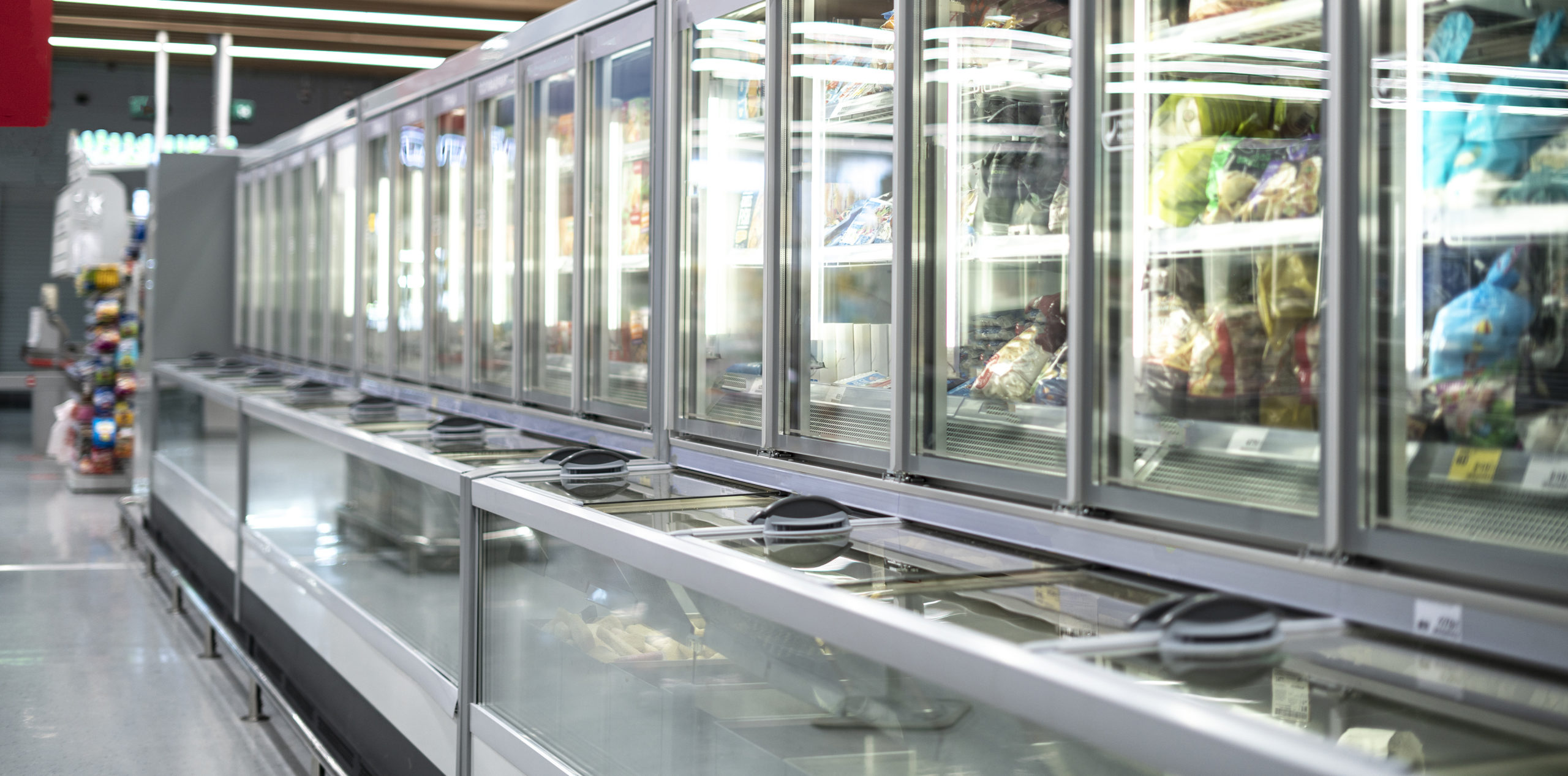It goes without saying, but the sun is amazing. It provides light, heat and sustains all life on Earth. However, this amazing star at the center of solar system also emits harmful ultraviolet (UV) radiation. UV exposure can damage our eyes and cause skin cancer, including melanoma. Our planet, fortunately, has an invisible shield to protect humans, animals and plants from excess radiation emitted from the sun. Of course, I am referring to Earth’s ozone layer. Our ozone absorbs harmful UV radiation, protecting and helping to sustain life below.
However, in 1985, the scientific community detected very low levels of ozone over Antarctica. This phenomenon became known as the “hole in the ozone layer.” In response to this discovery, two years later global governments adopt the Montreal Protocol, which phased down the production and consumption of ozone depleting substances, including chlorofluorocarbons (CFCs) and hydrochlorofluorocarbons (HCFCs). At the time, CFCs and HCFCs were widely used in aerosols, air conditioners and refrigerators. The U.S. phased out CFCs in the mid-1990s; HCFCs, while seldom used, must be completely gone by 2030.
The good news is that the Montreal Protocol is working and working well. The United Nations recently reported that Earth’s ozone layer is on track to recover and revert back to its original “pre-hole status” within the next 40 years. So many people who remember the Montreal Protocol being signed in 1987 should be around to see the complete restoration of Earth’s invisible shield, and that’s terrific.
However, what benefits the ozone specifically may not benefit the atmosphere generally. As industries pivoted away from CFCs and HCFCs to protect the ozone, they pivoted towards hydrofluorocarbons (HFCs), which are used in many of the same applications as the other two compounds. HFCs don’t deplete the ozone, but they do warm the planet. And very effectively. Many common HFCs, in fact, have a global warming potential (GWP) hundreds – and even thousands – of times greater than carbon dioxide. In layman’s terms, HFCs are extremely potent greenhouse gases (GHGs) and small amounts can have a disproportionality large impact on the greenhouse effect and exacerbate climate change. As a result, we’re seeing the next refrigerant transition take place right before our eyes.
Last year, the U.S. Senate on a bipartisan basis ratified the Kigali Amendment. The next step of the Montreal Protocol. The Amendment requires a gradual phase down of HFCs in our domestic market. And two years before that in 2020, Congress passed and President Trump signed into law the American Innovation and Manufacturing (AIM) Act. The bill instructed the Environmental Protection Agency (EPA) to phase down the utilization of HFCs by 85% by 2036. And the National Propane Gas Association fully supported the inclusion of this HFC provision in the AIM Act.
What may be surprising to learn is that propane is going to help reduce GHG emissions and help make HFCs a relic of the 20th century. Yes, that propane. Now propane has long played an important role in providing consumers with a clean and reliable source of energy, whether it’s used to power a tankless water heater or cook dinner. Most, however, are unfamiliar with refrigerant grade propane, or R-290. R-290 is simply high purity propane. It’s a natural, eco-friendly refrigerant. Propane has excellent thermodynamic properties. It can quickly and efficiently absorb heat. This reduces energy consumption. Importantly for the health of our ozone, R-290 has an ozone depletion potential (ODP) of zero. And crucial for the climate, it has a GWP of only three. For comparison, other refrigerants in the marketplace have GWPs that reach into the many thousands. This is problematic because refrigerants can leak if their systems are improperly installed or maintained. Leaks can also occur due to aging equipment, or simply because systems are disposed of incorrectly. The EPA has previously estimated that a typical food retail store leaks 25 percent of its refrigerants annually. These fugitive emissions add up. Given this, the sooner equipment manufacturers and retailers move away from refrigerants with high GWPs, the better.
The future for refrigerant grade propane is, like the sun, very bright. R-290 can be used as a refrigerant to power coolers, refrigerators, freezers, air conditioners, and heat pumps. Yes, you read that correctly. Propane can make heat pumps more environmentally and climate friendly by replacing refrigerants that act as potent greenhouse gases. A move away from HFCs is all the more pressing given the growing demand for air conditioning and refrigeration in parts of the developing world that are becoming wealthier and modernizing quickly. Fortunately, the U.S. is the world’s leading producer of propane. We have plenty of propane and R-290 to satisfy the market.
Too often, conventional energy resources are all put into the same category, with little disregard for the fact that different energy molecules are indeed different. Propane is a special fuel and its ability to act as a refrigerant to combat climate change is just one of the many ways it can help protect the environment, promote sustainability and reduce aggregate GHG emissions. So, as we all celebrate the continued restoration of Earth’s ozone layer during the first phase of this refrigerant transition, we can look forward to propane helping to propel the world successfully through the second. For more information, contact Jacob Peterson, Director State Affairs.
Related News

USDA Crop Progress Report
April 18, 2024
The U.S. Department of Agriculture (USDA) Crop Report as of April 14, 2024, shows promising developments in corn and soybean planting, crucial info...

RBN Energy Weekly Supply Update
April 18, 2024
U.S. propane inventories had a significant build of 4 MMbbl this week, putting propane inventories at 55.7 MMbbl. Total propane stocks are above th...

PERC Hosts Contest at FFA Convention
April 18, 2024
The Propane Education & Research Council (PERC) recently hosted an exciting contest at the 2023 Future Farmers of America (FFA) Convention. As ...

